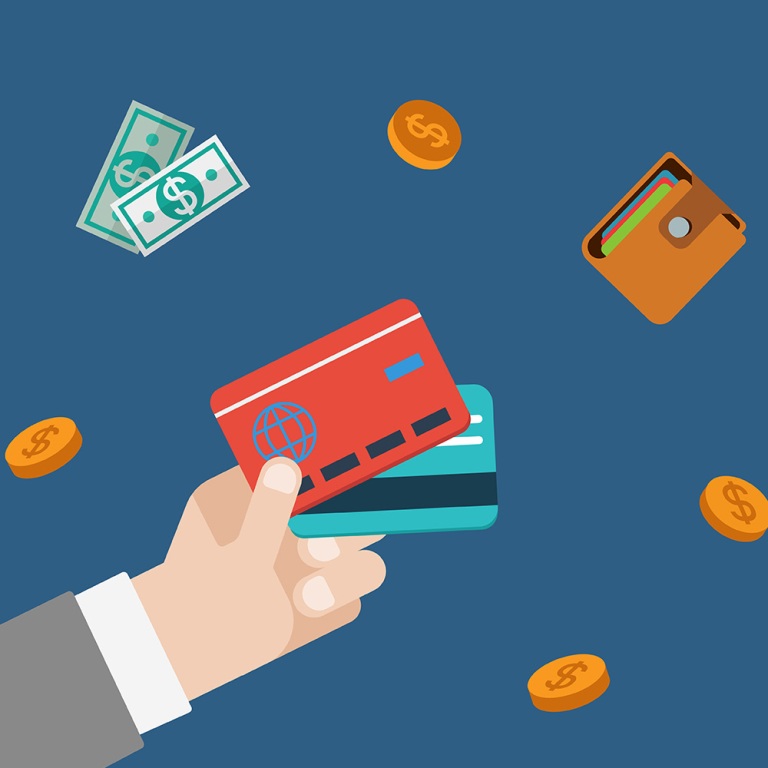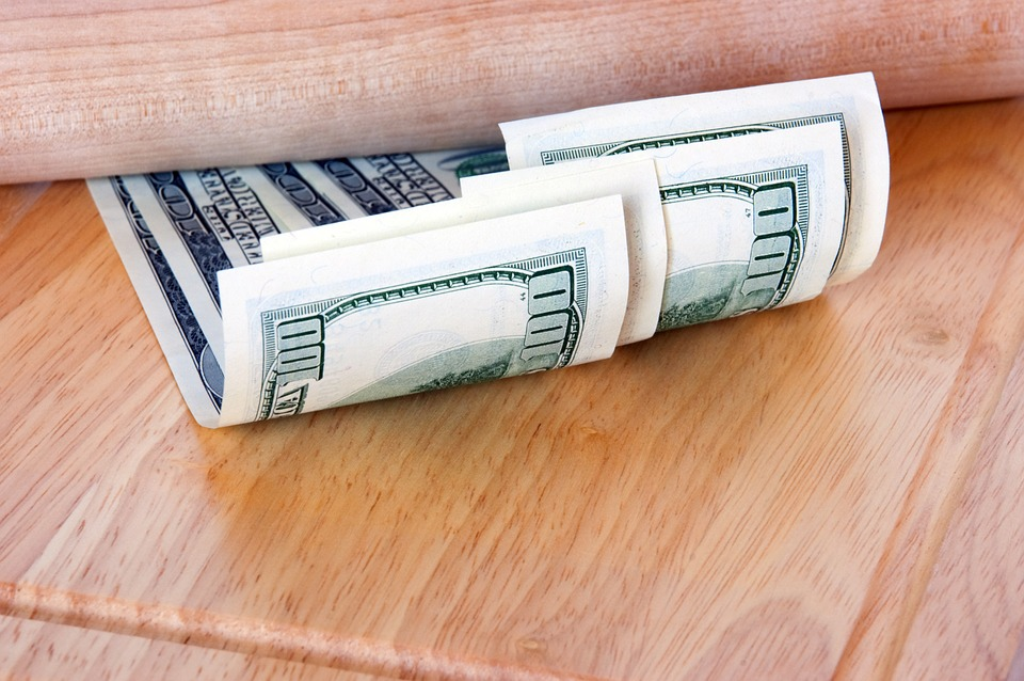The word ‘debt’ has always had negative connotations. After all, it’s defined as owing money, a service, or favor that is either due or will become due at some point. Being clear of debt is, of course, a favorable position, but that doesn’t mean you can’t make your debt work for you, not against you. Here are five of the best ways to do just that.
Borrow Better
You’re in a bit of strife, and you don’t have the funds to get out of it. Your kitchen appliances may have stopped working, you might need to carry out vehicle repairs, or the kids need new school uniforms.
It can seem like a natural next step to whip out the credit card, but are there safer options you could turn to instead? Borrow better by considering alternatives, such as small cash loans. From better lending criteria to more flexible repayment terms, there are plenty of reasons why a credit card should not be your first choice. Instead, start researching your options.

Build a Credit History
Debt can put you in some unfavorable situations, and not just in your personal life. Payment defaults, among other things, can wreak havoc on your credit history and credit score. Thankfully, there are ways to put yourself back in the driver’s seat.
You can boost your score in a myriad of ways, such as opting for low limit cards and paying them off in full, paying your bills on time, and only opening new credit accounts when you need them. A better credit score will always be of benefit in your future financial endeavors.
Get Interested in Interest
There are many more exciting things in life than interest rates, but they are worth knowing about if you want any chance of getting on top of your debt. Before you borrow money, save money, spend money, or invest it, check the interest rate you’ll be dealing with and what it could mean for you.
For example, the average interest you could earn on cash in your bank account under $25,000 was between 0.01 and 1% in 2019. Weigh up the pros and cons of various interest rates and other criteria to make your money (and debt) work for you.
Good Debt Versus Bad Debt
It’s imperative to understand that not all debt is bad debt. There is also good debt. You can define good debt as anything that sets out to increase your worth. Education, property, and business ventures are three examples.
Bad debt, on the other hand, is used for general purchases such as electronics, cars, and things that won’t hold or increase in value. Knowing the difference and making conscious financial decisions can put you back in control of your debt.

A Lesson in Leveraging
Get rich quick schemes are everywhere, and many people fall into the trap of thinking that making vast amounts of money with little to no risk is easy. If you’ve ever heard of the term leveraging, then it’s crucial to know when to hold ‘em and when to fold ‘em.
Leveraging is the process of borrowing low-interest money and investing it at a higher rate of return. Unless you are a knowledgeable investor, such a scheme comes with a myriad of risks, so it only tends to work for knowledgeable investors who are comfortable with risk.
Debt is a burden, but it doesn’t have to take over your life or affect your health and wellbeing. Be smart with your borrowing decisions, understand interest rates, and dedicate time and energy to debt-reducing techniques. Control your debt; don’t let it control you.

